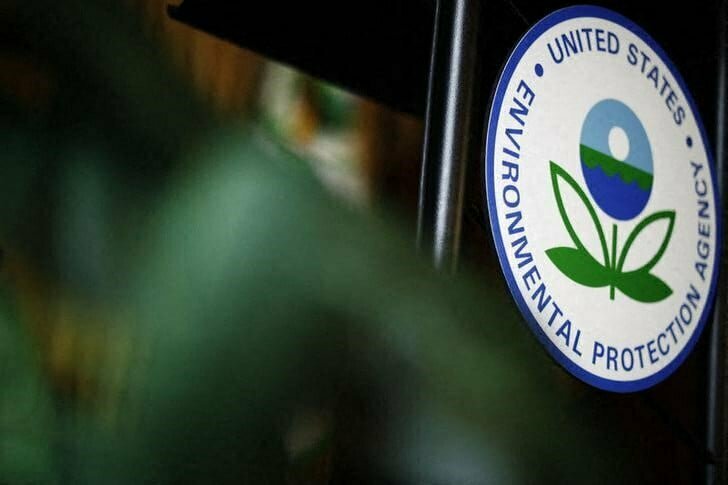 (Credit: Reuters)
(Credit: Reuters)The US Environmental Protection Agency announced today that it has extended the public comment period by one month for its proposed screening methodology to evaluate chemical exposures and risks in fenceline communities.
Under the Toxic Substances Control Act, the EPA is required to conduct risk evaluations of new chemicals before they enter the market. The Trump administration’s approach to exclude certain exposure pathways resulted in a failure to consistently and comprehensively abide by TSCA’s statutory direction to evaluate exposures to potentially exposed or susceptible subpopulations, including fenceline communities that are near industrial facilities and may be disproportionately exposed to chemicals over long periods of time. As a follow-up to the Biden administration’s reversal of this policy in June 2021, the EPA has developed a screening methodology that will be used to further examine whether the policy decision to exclude air and water exposure pathways from the risk evaluations will lead to a failure to identify and protect fenceline communities.
“To protect human health and the environment, we must evaluate and understand all chemical exposures to communities, particularly historically underserved communities who have been disproportionately exposed to pollution for generations,” said Assistant Administrator for the Office of Chemical Safety and Pollution Prevention Michal Freedhoff.
The proposed screening level methodology uses reasonably available data, information, and models to quantify environmental releases, evaluate exposures to fenceline communities and characterize risks associated with such releases and exposures for certain air and water pathways previously not evaluated in published risk evaluations.
The comment period is currently scheduled to end on February 22, 2022 and will be extended until March 22, 2022 to give stakeholders additional time to provide input. Additionally, registration is now open for the March 15-17, 2022 virtual meeting of the Science Advisory Committee on Chemicals to peer review the proposed methodology. The SACC serves as a primary scientific peer review mechanism of the EPA’s Office of Chemical Safety and Pollution Prevention and is structured to provide scientific advice, information and recommendations to the EPA Administrator on the scientific basis for risk assessments, methodologies, and pollution prevention measures and approaches for chemicals regulated under TSCA.
The EPA offers the caveat that SACC members “may not have adequate time to consider those comments prior to the meeting’s discussions” and encourages written comments to be submitted before the original deadline.
In another move to combat chemical pollution, the EPA filed a proposed consent decree last month to reevaluate regulations on the emissions standards of synthetic organic chemical manufacturers.